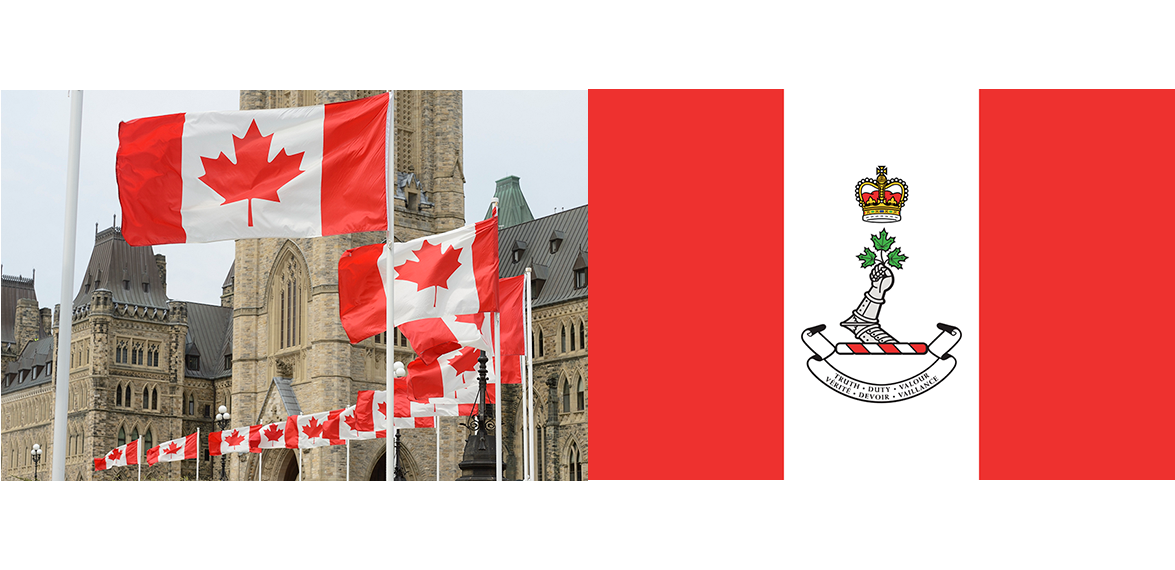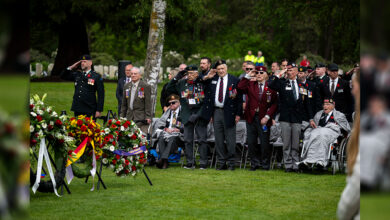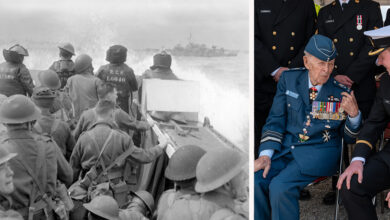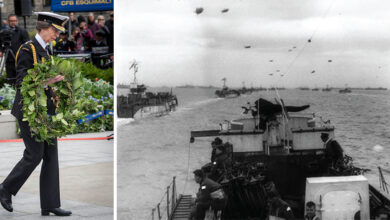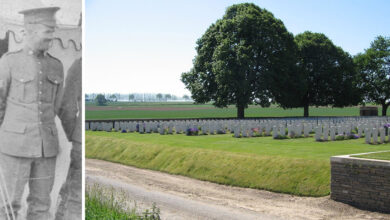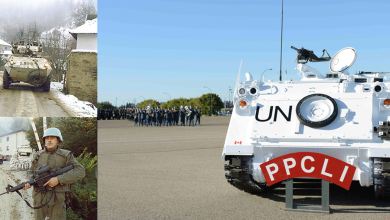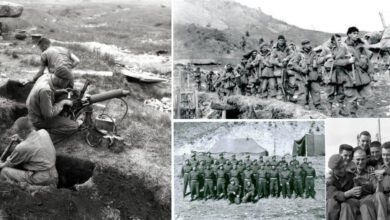History
Canadians honour history and symbolism of the National Flag of Canada
It’s been 54 years since the country unified behind one flag, a unique flag that is internationally recognized as the symbol of this great country.
To honour the history and symbolism of the Maple Leaf Flag, every year since 1996 Canadians have celebrated National Flag of Canada on Feb. 15.
However, the road to the nation’s Maple Leaf flag was a turbulent one and was proceeded by decades of divide along British and French colonial roots, termed by historians as “The Great Flag Debate.”
What many Canadians may not realize is that military members played a significant role in unifying the country and creating our current flag. It was Col. John R. Matheson, then a Member of Parliament for Leeds, who visited the campus of the Royal Military College of Canada (RMCC) that concept of Canada’s future flag began to take shape in March 1964.
The college’s dean of arts, Col. George Stanley, suggested to Matheson that the RMCC flag should form the basis of the national flag. However, he proposed the new flag should be red and white and feature a single red maple leaf in the centre, rather than the college emblem.
After careful consideration and debate between parliamentarians, the Maple Leaf Flag was raised for the first time on Feb. 15, 1965, becoming the only flag in the world that proudly displays a maple leaf.
Today, the flag is now a symbol of pride for Canadians to showcase around the world. To honour the flag in the best manner, there are a number of dos and don’ts Canadians should be aware of.
According to the Government of Canada, Canadian Heritage page Dos include:
• The National Flag of Canada should always fly alone on its own flagpole or mast.
• The National Flag of Canada can be flown at night without being lit.
• When the National Flag of Canada is raised or lowered, or when it is carried past in a parade or review, people should face the flag, men should remove their hats, and all should remain silent.
• The National Flag of Canada is lowered to half-mast on occasions when a demonstration of sorrow is called for. Canada has its own Rules for Half-masting.
• Replace a faded or torn flag with a new one. When a flag becomes tattered and is no longer in a suitable condition for use, it should be destroyed in a dignified way.
• The National Flag of Canada should be treated with respect.
Don’ts include:
• The dimensions/proportions of the National Flag of Canada have an exact ratio of 2 to 1 (twice as long as it is wide), and must not be modified.
• The National Flag of Canada should not be written on or marked in any way, nor be covered by other objects.
• Nothing should be pinned or sewn on the National Flag of Canada.
• The National Flag of Canada should never be dipped or lowered to the ground as a means of paying a salute or compliment to any person or thing.
On National Flag of Canada Day, the country’s citizens are encouraged to participate in the national photo challenge. Whether a group shot or a selfie, Canadians are asked to post pictures and videos with the flag to show their pride in their country and flag. There are many ways Canadians can take part in the celebrations using the #Canadianflag including creating a human Canadian flag, use the Flag Day profile filter or taking any original picture with the flag.


